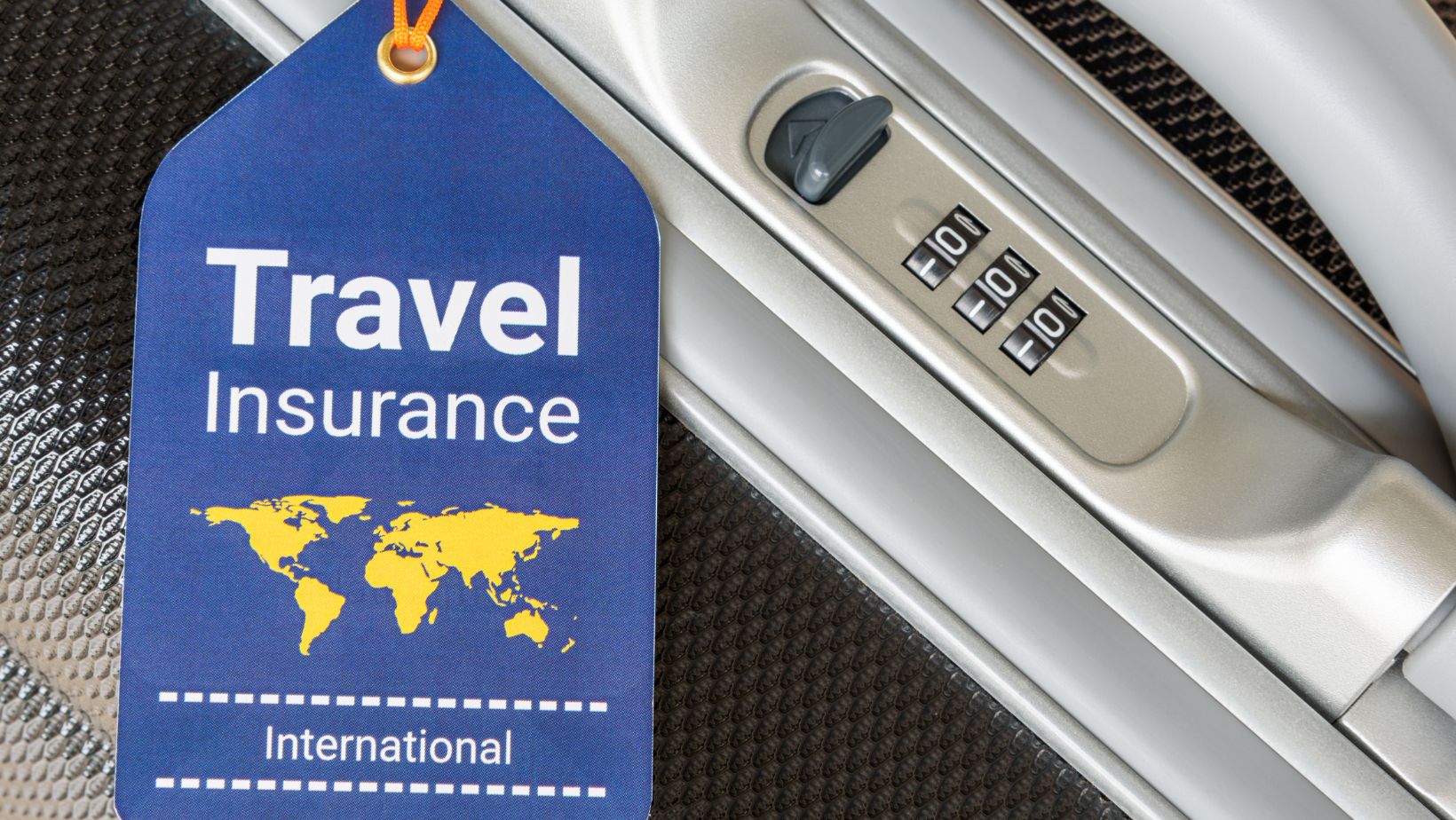
Travel insurance used to be a headache. You know the drill—complicated policies, endless paperwork, and trying to reach someone when you’re stuck in a foreign hospital at 2 AM. But things are changing fast, and honestly? It’s about time.
The Mobile Revolution Nobody Asked For (But Everyone Needed)
The insurance industry is getting dragged into the smartphone age, whether it likes it or not. Heymondo travel insurance has become the benchmark that others are trying to match, showing what’s possible when you actually prioritize user experience. They’ve figured out what travelers actually want: quick purchases, policies you can read without a law degree, and help that doesn’t require sitting on hold for an hour. It’s a pretty low bar, but traditional insurers somehow struggled with it for decades.
Heymondo’s whole deal is that they actually built their platform for phones first, then worried about everything else later. That’s rarer than you’d think—most companies just take their clunky website and squeeze it into an app, then wonder why nobody uses it. Everything here feels like it was designed by people who’ve actually used their phones while traveling, not by committees in boardrooms. Fast purchases, coverage you can understand without a translator, support that responds. Basic stuff that somehow became revolutionary.
Buying coverage takes maybe five minutes if you’re being thorough. Sitting at a cafe? Pull out your phone, answer a few questions, done. Filing a claim is even easier—snap pictures of your receipts, maybe add a sentence explaining what happened, hit send. No hunting down a fax machine (do those still exist?), no printing and mailing documents, no calling three times to confirm they received your envelope.
The U.S. Travel Insurance Association says over 70% of people now buy their travel insurance on mobile. Five years ago that number would’ve seemed crazy. Traditional insurers who laughed off the mobile trend are now frantically hiring app developers and trying to figure out why their digital transformation is taking so long.
When Things Go Wrong (And You Actually Need Help)
Here’s the test that matters: what happens when you’re in trouble? The new platforms have in-app messaging with support teams who speak your language and actually understand how healthcare works in whatever country you’re stuck in. Some include GPS tools to find nearby hospitals, which sounds basic until you’re panicking in an unfamiliar city trying to figure out where the nearest clinic is.

Telemedicine is showing up more often too. Got food poisoning but not sure if it’s serious enough for a hospital visit? Video chat with a doctor first. They can tell you whether you need immediate care or just need to sleep it off. Beats guessing and either wasting money on an unnecessary ER visit or ignoring something that actually needs attention.
The Pandemic Effect
COVID changed everything, obviously. Suddenly people cared about quarantine coverage, pandemic-related medical costs, and what happens if borders slam shut while you’re abroad. Digital insurers adapted within weeks, while traditional companies took months to update their policies. That responsiveness built trust and showed why having tech-savvy operations matters.
Claims That Don’t Make You Cry
Remember waiting three months to hear back about a claim? Those days are mostly gone. Simple stuff—lost luggage, missed connections—gets sorted in hours now through automated systems that check your receipts and approve payouts without a supervisor needing to sign off. Anything complicated still goes to real humans, but they’ve got your entire file right there and can message you through the app instead of playing phone tag across time zones. If you’ve ever tried dealing with insurance paperwork while jet-lagged and stressed, you’ll appreciate how much this matters.
The pricing side got a makeover too. You’re not wading through 50 pages of legal jargon anymore. Everything’s laid out visually—here’s what you’re covered for, here’s what you’re not, here’s exactly how much it costs. Digital platforms run leaner than the old-school companies (we’re talking 40% lower overhead in some cases), and a lot of them actually pass those savings on instead of just pocketing the difference.
What’s Next
This whole digital insurance thing isn’t slowing down anytime soon. More folks are traveling again, more people realize insurance isn’t just something travel agents push on you, and pretty much everyone would rather handle this stuff on their phone than fill out paper forms. The big traditional companies see the writing on the wall and they’re throwing money at digital upgrades, but there’s a difference between bolting technology onto an old system and building something digital from scratch.
Look, travel insurance probably still isn’t anyone’s favorite purchase. But it’s gone from being a frustrating necessity to something that actually works when you need it. Cheaper, clearer, and you don’t need to schedule time off work just to file a claim. Sometimes progress is just about making the annoying stuff less annoying.


















